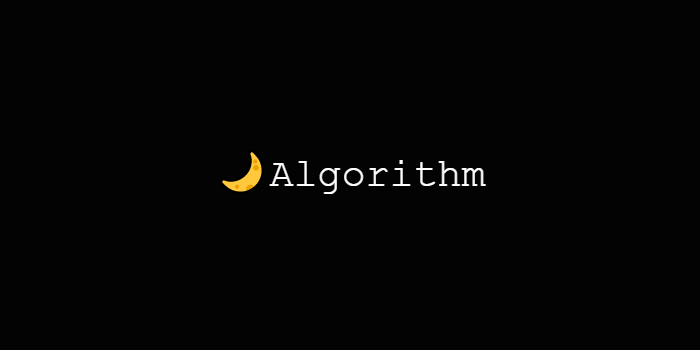
Problem
Given an integer num, return a string representing its hexadecimal representation. For negative integers, two’s complement method is used.
All the letters in the answer string should be lowercase characters, and there should not be any leading zeros in the answer except for the zero itself.
Note: You are not allowed to use any built-in library method to directly solve this problem.
Guess
-
한 마디로 숫자를 16진수로 변환하되, 음수는 2의 보수법을 따라라.
-
2의 보수로 이진화해서 표현하는 부분은 컴퓨터가 자동으로 해준다..
-
우리가 고려할건, 16진수로 나눠 표현하는 부분만 하면 된다.
Solution
def toHex(num: int):
if num==0: return '0'
mp = '0123456789abcdef' # like a map
ans = ''
for i in range(8):
n = num & 15
ans = mp[n] + ans
num >>= 4
return ans.lstrip('0')
-
이진수 4자리(16씩) 나눠서 16진수법으로 변환해야하므로
-
1111b, 즉 15와 AND 연산하여 쪼개준다. (n % 16와 같다.)
-
그 다음 오른쪽으로 shift하여 변환한 부분을 기존 숫자에서 삭제해주면 된다.
